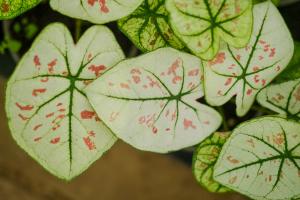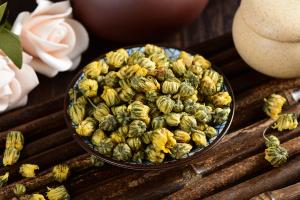Why Do Elephant Ear Plants Drip Water
Elephant ear plants are known for their large, elephant ear-shaped leaves that can grow up to three feet in length. These plants are native to tropical regions and are prized for their ornamental value, adding a touch of exotic beauty to any garden or indoor space. One of the peculiar characteristics of elephant ear plants is that they have the tendency to drip water from their leaves. In this article, we will explore the reasons behind this phenomenon.
Plant Physiology
Every plant has millions of microscopic pores on its leaves called stomata. These pores are essential for the plant's survival as they allow air and gases to pass in and out of the leaf. During daytime, when the sun is out, it is photosynthesis that drives a plant's metabolism, and during this process, the plant's stomata are open to allow carbon dioxide to enter and oxygen to exit the leaf. When the temperature gets too high or the humidity levels get too low, however, the plant's stomata may close to reduce water loss through transpiration. As a result, water builds up in the leaf and can eventually drip out of its edges or tips, known as guttation.
Excessive Moisture
Another reason why elephant ear plants may drip water is due to excessive moisture in the soil. These plants require a moist environment to grow, but too much water can lead to waterlogged soil, which can cause the plant to absorb more water than it needs. The excess water builds up in the plant's cells, and when the cells become saturated, they can no longer hold the water, causing it to be exuded through the edges of the leaves.
Humidity and Temperature
Elephant ear plants are tropical plants that thrive in warm, humid environments. When the air is too dry or too cold, the plant struggles to regulate its water loss through transpiration, and so it may resort to guttation. Similarly, when the temperature is too high, the plant may close its stomata to prevent water loss and use guttation as a way to exude excess moisture from its leaves.
Is it Normal?
Guttation is a natural phenomenon and is not usually a sign of any serious health issues in elephant ear plants. However, if the plant is consistently dripping water, it may be a sign of an underlying issue such as overwatering or poor drainage. It is recommended that you check the soil regularly and only water the plant when the top inch of the soil feels dry to the touch.
Conclusion
In conclusion, elephant ear plants are fascinating plants with their unique features, and it is not uncommon to see water droplets forming at the edges of their leaves. Understanding the reasons behind guttation can help you better care for your plants and ensure that they remain healthy and thrive in your garden or indoor space.

 how many times do yo...
how many times do yo... how many planted tre...
how many planted tre... how many pine trees ...
how many pine trees ... how many pecan trees...
how many pecan trees... how many plants comp...
how many plants comp... how many plants can ...
how many plants can ... how many plants and ...
how many plants and ... how many pepper plan...
how many pepper plan...































